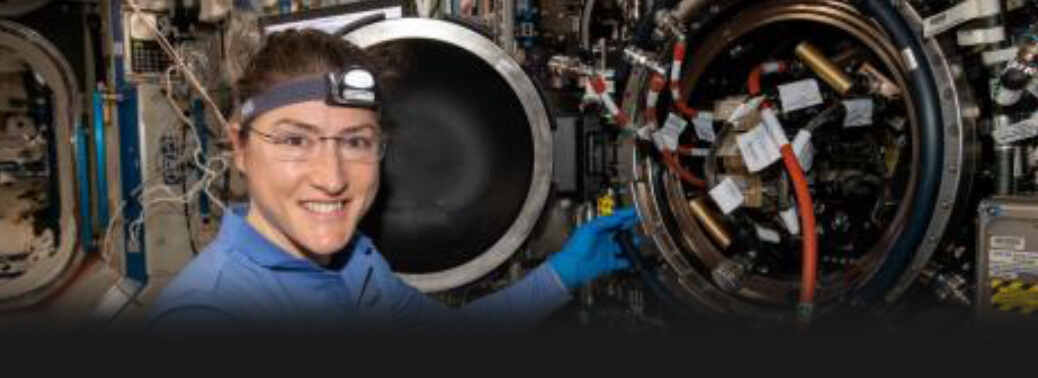WHY CHRISTINA KOCH WILL STAY ON THE ISS FOR 11 MONTHS
29, Apr 2019

Prelims level :
Mains level :
Why in News
- NASA wants to study the effects of spaceflight on a woman
Details:
- Astronaut Christina Koch will set a record for the longest single spaceflight by a woman when she completes her 11-month-long mission aboard the International Space Station (ISS). Her long stay on the ISS has to do with NASA’s preparation of human missions to the Moon and Mars.
Lack of data
- The mission became necessary as the majority of data available is on male astronauts. But male and female bodies respond differently, and health conditions occur at different rates in male and female populations. With this mission, researchers hope to better understand
- astronaut adaptability over long periods of space exposure and better support the development of effective countermeasures to maintain crew health.
- NASA last month accepted a challenge from the Donald Trump administration to return humans to the Moon by 2024, four years ahead of the U.S. space agency’s earlier set target.
- Ms. Koch’s stay on the space station will eclipse the previous mark set by Peggy Whitson of
- 288 days on Expeditions 50 through 52 in 2016-17.
- Meanwhile, NASA’s Human Research Programme continues to lay the groundwork for future one-year missions on the space station and has selected 25 proposals to investigate biological, physiological, and behavioural adaptations to spaceflight.
- NASA said it aims to address five hazards of human space travel — space radiation, isolation and confinement, distance from Earth, gravity fields (or lack thereof), and hostile/closed environments that pose great risks to the human mind and body in space.
International Space Station (ISS)
- The International Space Station (ISS) is a space station, or a habitable artificial satellite, in low Earth orbit. Its first component launched into orbit in 1998, and the ISS is now the largest human-made body in low Earth orbit.
- The ISS serves as a microgravity and space environment research laboratory in which crew members conduct experiments in biology, human biology, physics, astronomy, meteorology, and other fields.
- Five different space agencies representing 15 countries built the $100-billion International Space Station and continue to operate it today. NASA, Russia’s Roscosmos State Corporation for Space Activities (Roscosmos), the European Space Agency, the Canadian Space Agency and the Japan Aerospace Exploration Agency are the primary space agency partners on the project.






